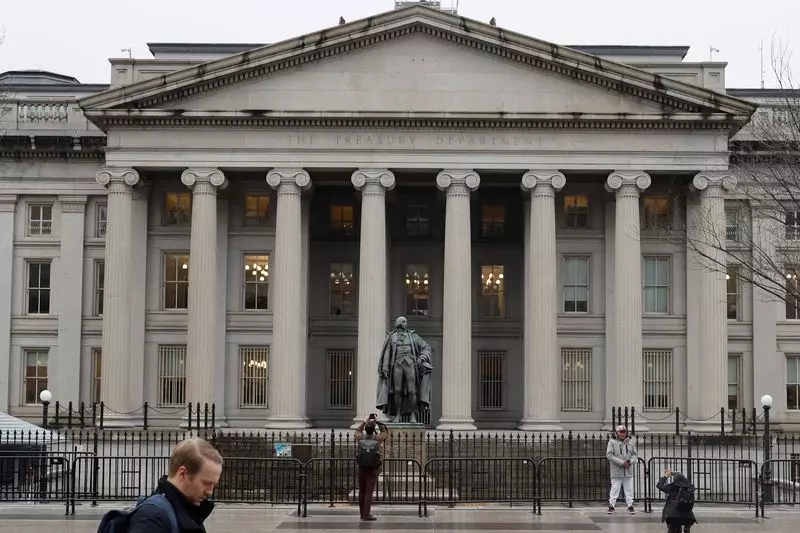The proposed U.S. federal budget for fiscal year 2024 amounts to a staggering $6.8 trillion, reflecting a complex array of financial obligations and political realities that make significant cuts unlikely. As analysts assess the budget landscape, it becomes clear that both structural elements and political influences weave a narrative demanding careful scrutiny. In particular, mandatory expenditures—such as Social Security and Medicare—comprise an overwhelming portion of this budget, totaling approximately $4.1 trillion. This figure alone highlights the difficulties any administration would face when attempting to curtail government spending.
Mandatory spending covers critical societal programs, with Social Security accounting for a notable $1.4 trillion and Medicare at $900 billion. The popularity of these programs is crucial to understanding their political immunity. Senior citizens and other beneficiaries rely on these funds, making any attempt to reduce outlays fraught with political peril. Cuts to such programs could not only provoke public outrage but also alienate the voting demographic that is increasingly central to electoral success. Analysts from critical financial institutions, such as Wells Fargo, point out that the likelihood of serious reductions in these areas remains slim due to the inherent political risks involved.
Discretionary spending—totaling $1.8 trillion—does provide some potential for reductions, yet this area is similarly constrained. Defense spending consumes a significant chunk, constituting nearly half of discretionary expenditures and representing only 3% of the GDP, a historic low post-Cold War. The current geopolitical climate renders any major reductions in defense funding implausible, given ongoing tensions and international obligations. Furthermore, programs supporting non-defense functions, such as NASA and border security, are already allocated at historic lows, intensifying the challenges of finding areas for cuts.
The road to meaningful fiscal reform is further complicated by procedural hurdles within Congress. Significant spending reductions will likely necessitate a supermajority in the Senate, requiring at least 60 votes to pass. This reality underscores the intricate dance of bipartisan negotiations, as lawmakers navigate varied priorities and ideologies. Moreover, while a President may rescind certain executive orders, the economic impact would be negligible in light of the projected $26 trillion deficit over the next decade.
As we look to the future, analysts suggest that only marginal reductions in federal expenditure and employment may occur, lacking the scale required to effect substantial change. In an environment ripe with fiscal challenges and entrenched interests, the focus may shift towards managing the deficit rather than outright spending cuts. Successful navigation of this complex budgetary terrain will require not only innovative economic strategies but also an astute understanding of the political landscapes that govern these decisions. Thus, while discussions around reducing federal spending may continue, the path forward will undoubtedly be fraught with challenges and impediments.

